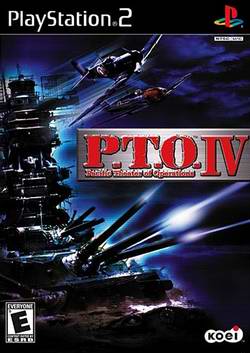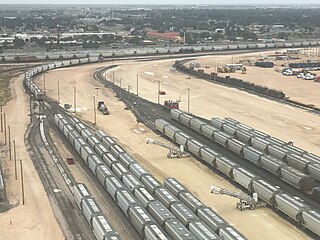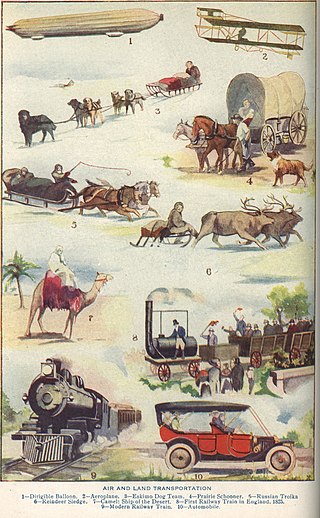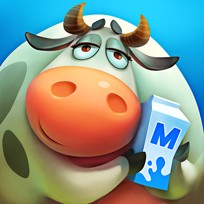
Mare Nostrum is a board game for 3 to 5 players, designed by Serge Laget and published in 2003 by Eurogames. It was also the name of a 1983 board game in the Fronte Mare series.
World in Flames is a board wargame designed by Harry Rowland and released in 1985 by the Australian Design Group. It is currently in its 8th edition, World in Flames - Collector's Edition, each new edition featuring changes to the rules, maps and counters provided with the game.

An auxiliary ship is a naval ship designed to support combatant ships and other naval operations. Auxiliary ships are not primary combatant vessels, though they may have some limited combat capacity, usually for purposes of self-defense.

Port Royale 2 is the sequel to the business simulation game Port Royale: Gold, Power and Pirates. It is set in the Caribbean during the 17th century. Created by Ascaron Entertainment in 2004, it combines a business simulator with real-time battles and towns that can be owned, built, developed or razed. A sequel, Port Royale 3: Pirates & Merchants, was released in 2012.

Making History: The Calm & The Storm is a World War II grand strategy video game released in March 2007 by developer Muzzy Lane. Similar in ways to the popular board games Axis & Allies and Risk, Making History is turn-based with basic industrial, economic, resource, research and diplomatic management included. The game was released as Strategic War Command in Germany.

Taipan! is a 1979 turn-based strategy computer game written for the TRS-80 and ported to the Apple II in 1982. It was created by Art Canfil and the company Mega Micro Computers, and published by Avalanche Productions.

Imperial is a German-style board game designed by Mac Gerdts in which the object is to accumulate wealth in the form of bond holdings in successful countries and cash. Players take on the role of international financiers who purchase government bonds in the six pre-World War I empires of Austria-Hungary, France, Germany, Great Britain, Italy, and Russia. The principal bondholder of a nation gains control of its government and can order importation or production of armaments and ships; maneuvering of military units; construction of factories; and taxation. During play, an investor card is passed around which allows the purchase of additional bonds. A rondel – a wheel-shaped game mechanism with eight different options – is used to determine the options available to a country. The game box states that it is for 2–6 players, but a developer-supported variant allows play with seven. Imperial 2030 is a follow-up game released in 2009 with similar mechanics.

P.T.O. IV, released as Teitoku no Ketsudan IV (提督の決断IV) in Japan, is a World War II-themed strategy for the PlayStation 2 and PC produced by Koei. It focuses on naval combat in the maritime theaters of World War II, encompassing the Pacific Ocean, Mediterranean Sea, Atlantic Ocean, and Indian Ocean, with the option of playing as one of four major maritime powers of the time: Germany, Japan, the United Kingdom, or the United States. P.T.O. IV is the latest game in Koei's P.T.O. series.
Container is an economic simulation board game for three to five players, released in 2007. The game was designed by Franz-Benno Delonge and Thomas Ewert. The game is themed around the shipping industry, and the primary pieces in the game are shipping containers. The players produce, buy, sell, ship and store containers with the general goal of maximizing overall profits. Economic considerations such as supply and demand, cash management, return on investment and efficient use of resources are natural consequences of the game's buying and selling rules.

Transloading, also known as cross-docking, is the process of transferring a shipment from one mode of transportation to another. It is most commonly employed when one mode cannot be used for the entire trip, such as when goods must be shipped internationally from one inland point to another. Such a trip might require transport by truck to an airport, then by airplane overseas, and then by another truck to its destination; or it might involve bulk material loaded to rail at the mine and then transferred to a ship at a port. Transloading is also required at railroad break-of-gauge points, since the equipment can not pass from one track to another unless bogies are exchanged.

In shipping, break-bulk, breakbulk, or break bulk cargo, also called general cargo, refers to goods that are stowed on board ship in individually counted units. Traditionally, the large numbers of items are recorded on distinct bills of lading that list them by different commodities. This is in contrast to cargo stowed in modern intermodal containers as well as bulk cargo, which goes directly, unpackaged and in large quantities, into a ship's hold(s), measured by volume or weight.

Transport, or transportation, is the intentional movement of humans, animals, and goods from one location to another. Modes of transport include air, land, water, cable, pipeline, and space. The field can be divided into infrastructure, vehicles, and operations. Transport enables human trade, which is essential for the development of civilizations.

Air Charter is a board game previously published by Waddingtons. The game is named after the concept of air charter, the commercial use of aircraft on non-established flight routes.

High Seas Trader is a 1995 naval business simulation video game. The player runs trade routes, fends off pirates, collects artifacts and offers transport to fellow countrymen in need, all for the sake of climbing up the game's ranking ladder, which in turn allows the player to buy bigger ships, more firepower and larger cargo holds to progress more quickly in the ranks.

Sea Battle is a multiplayer strategy game released by Mattel for its Intellivision video game system in 1980. In the game, players command fleets of naval vessels attempting to invade the harbor of their opponent.

Empires & Allies is a defunct social network game that was Zynga's first combat and strategy game. The game, the first release by Zynga's Los Angeles studio, launched in twelve languages on June 1, 2011. G4TV.com writer Jake Gaskill called the release the "biggest launch of any Zynga title to date". Empires & Allies became the fourth most popular game on Facebook within weeks after launch, reaching 33 million monthly active users by the third week of June. The game was a freemium game, meaning there was no cost to play but players had the option of purchasing premium content. The game was taken offline on June 17, 2013. On May 5, 2015, Empires & Allies was re-released worldwide on Apple's App Store and Google Play.

Land Air Sea Warfare is a real-time strategy game developed by Isotope 244. It is the sequel to Machines at War and the predecessor of Machines at War 3. LASW was released in 2010 for Microsoft Windows, Android, Mac OS X, iOS and Windows Mobile. It features gameplay similar to other RTS titles like Command & Conquer: Red Alert, Age of Empires, StarCraft, Warcraft, and Supreme Commander.The game is going to be ported on Ouya on Q1 2015.

Township is a casual farming and city-building game developed and launched on multiple platforms by Playrix in which players develop starter towns by building factories, harvesting crops, and creating goods. The game's main idea is to link one independent agriculture operation into a complete set of industrial chains, increase income, expand the territory, and make your town more prosperous by increasing the population. Township was originally available as an Adobe Flash application on WhatsApp Social and was later released on the App Store, Google Play, Appgallery, Amazon Appstore, Microsoft Store & Mac App Store.
Container port design process is a set of correlated practices considered during container port design, aiming to transfer general business mission into detailed design documents for future construction and operation.















